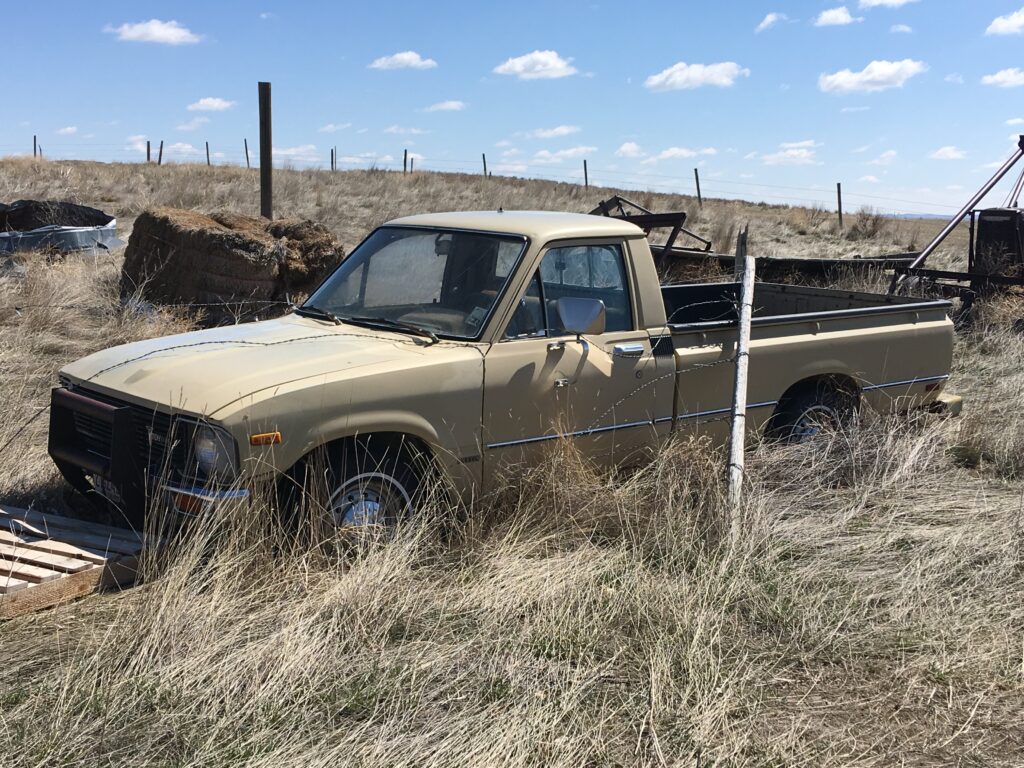February 7, 2023
When I go on vacation, I like to visit libraries. It’s interesting to see how different communities provide this service to their constituents. Knowing this, a friend loaned me a book called “The Library: a fragile history” by Andrew Pettegree and Arthur der Weduwen. I learned a lot in this book, and I wanted to share some of it with you.
Fernando Colon (son of Christopher Columbus) had an extensive library. He was one of the first to put books on shelves with the spines facing out. Prior to that (and because the idea didn’t catch on, for quite a while afterwards) books were often stored flat in trunks or cupboards.
When writing about the large book collections that private citizens like Thomas Jefferson accumulated, the authors said, “One man’s passion project would be nothing but a burden to those to whom the responsibility of curation was passed on.”
Many precious books and libraries have been destroyed in wars, starting even before Caesar burned Alexandria, Egypt. Although Belgium was neutral during WWI, the Germans burned the university library at Louvain. The Treaty of Versailles required Germany to replace the books they had destroyed in Louvain, and the Germans did so within three years. Less than 20 years later they destroyed the Louvain library again. WWII was hard on libraries, not only were the Nazis burning books in the streets, both the Allies and the Axis bombed libraries throughout Europe. Many libraries and private book collections on both sides were destroyed.
I also learned why “Middlemarch” by George Eliot is so doggone long. England in the 1800s didn’t have any state-supported public libraries, but lots of literate citizens who couldn’t afford books. Entrepreneur Charles Mudie formed a private circulating library in the 1850s. He stocked a large number of books then charged an annual subscription of one guinea per year. A single book at that time cost around a guinea. Mudie would then charge a penny per checkout.
Through this business model, he created a near monopoly in the fiction market. He would purchase 1,500 copies of a new book by a popular author to lend to his customers in London. By the end of the 1800s Mudi’s collection contained over seven million books. Because he purchased so many books, publishers catered to him, and sought authors who could meet his writing requirements.
Popular fiction authors of that time included Dickens, Eliot, Thackery and Disraeli. Mudie looked for books that were 200,000 words in length, which adds up to around 700 pages. (Think “Moby Dick.”) Most popular novels today are around 300 pages. These titles were published in a three-volume format, so to read the entire book, you had to check out three separate volumes, at a penny a checkout. According to Pettegree and der Weduwen, authors struggled to fill the second volume and often resorted to inserting “a convoluted (though chaste) love story between two marginal characters in the novel’s middle passage.”
This is just a tidbit of the information I found in the 400 pages of “The Library: a fragile history.” The Gering Library does not have this particular book- but you can find “The Library Book” by Susan Orleans on the shelves, and it covers some of the same material. If you would like to read “The Library: a fragile history” we can order it through interlibrary loan.
We think of libraries as free, but through the ages, libraries have rarely been free to the public. Early libraries were restricted to the owners, either religious orders or wealthy private citizens. Books were expensive to make but useless to those who could not read and those who had different political or religious ideas. Without community champions, libraries can fall prey to political pressures, apathy, and societal conflict.
“It is the randomness of books, of taste and curiosity that ensures that libraries remain a place where a broad cross-section of society can drop in, wander, browse, and leave when they like. It is the randomness that marks out the library from other public shared space; and the search for something uplifting, whatever it may be.”

